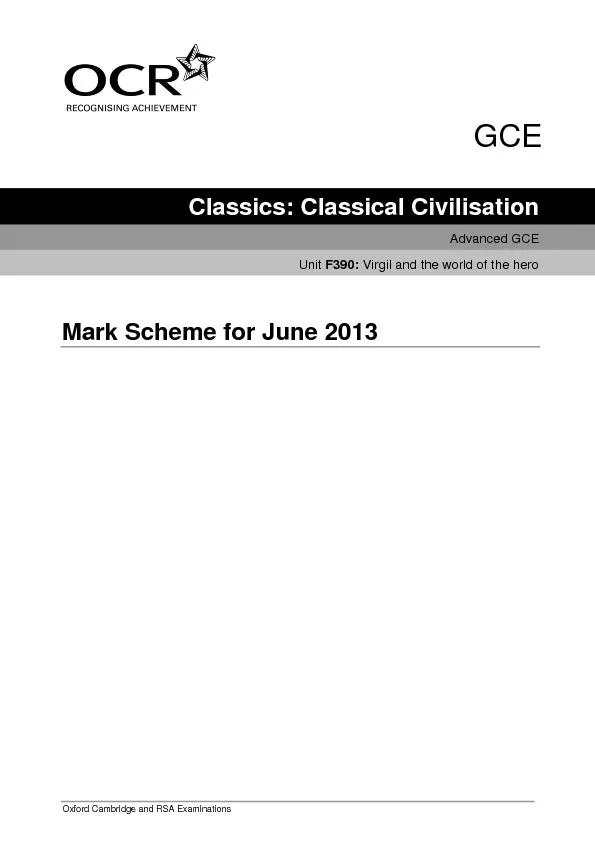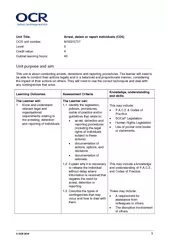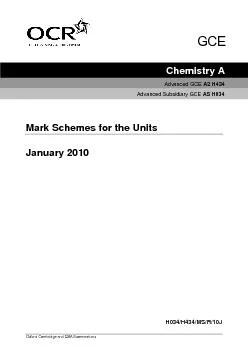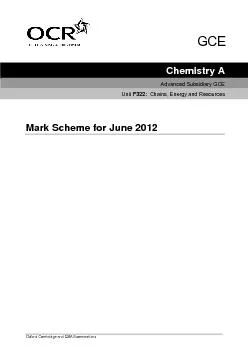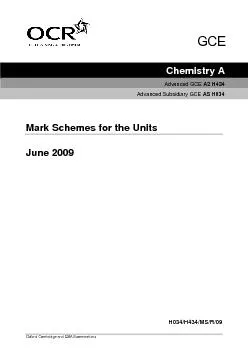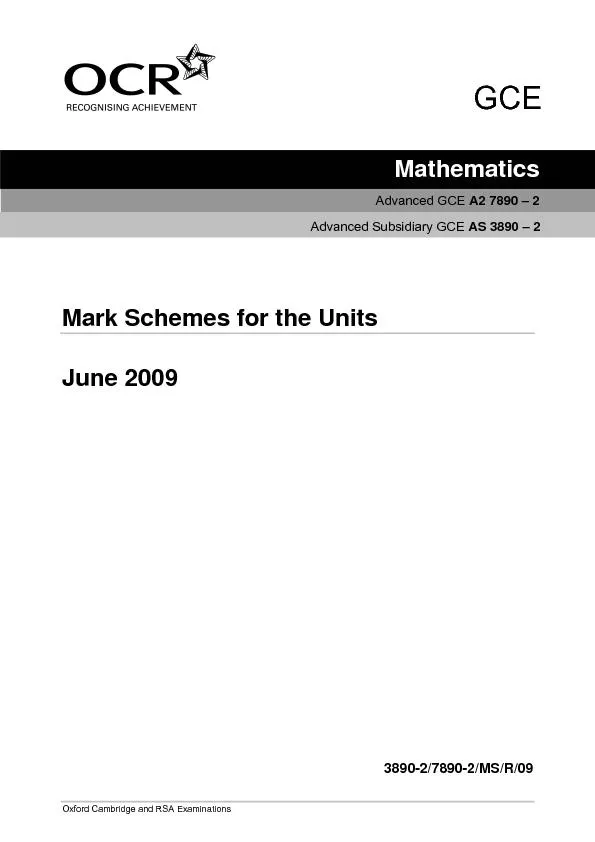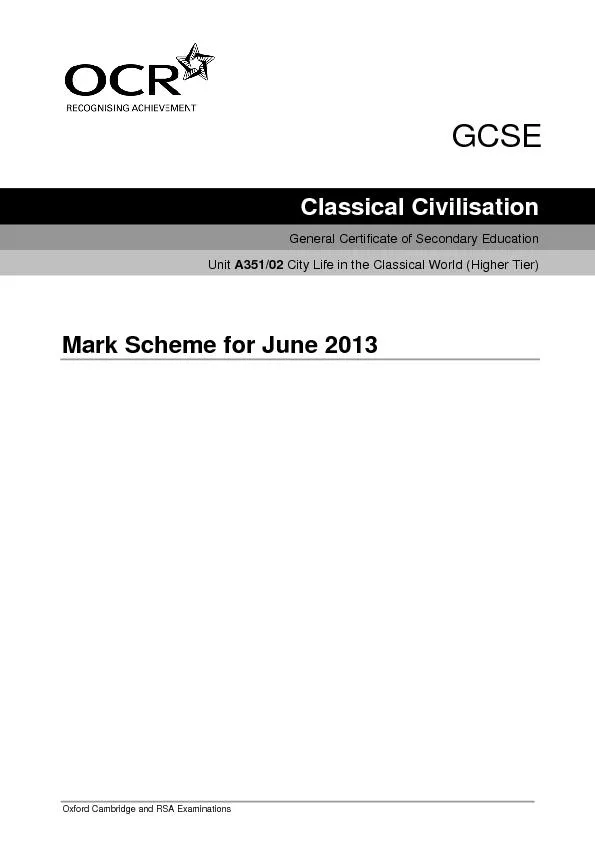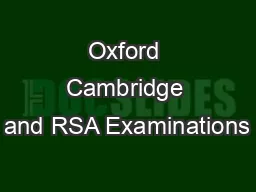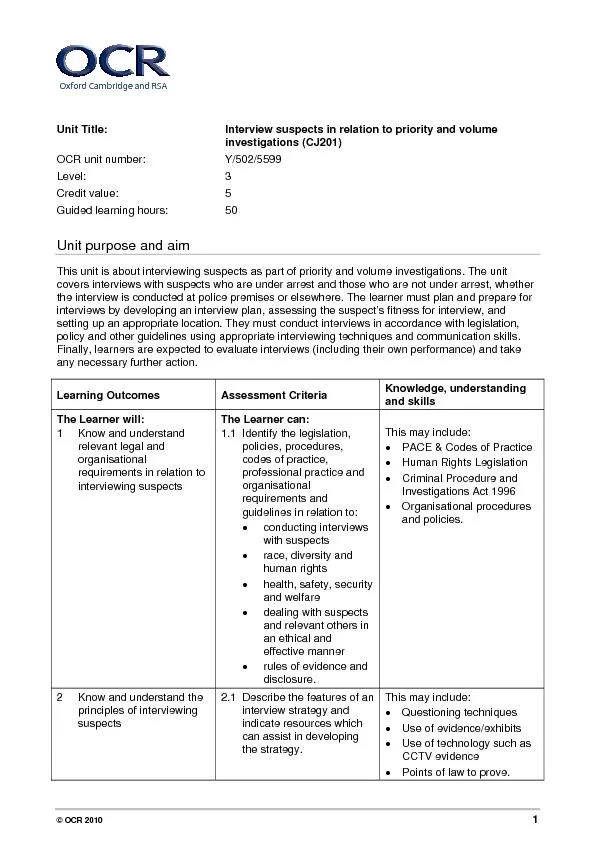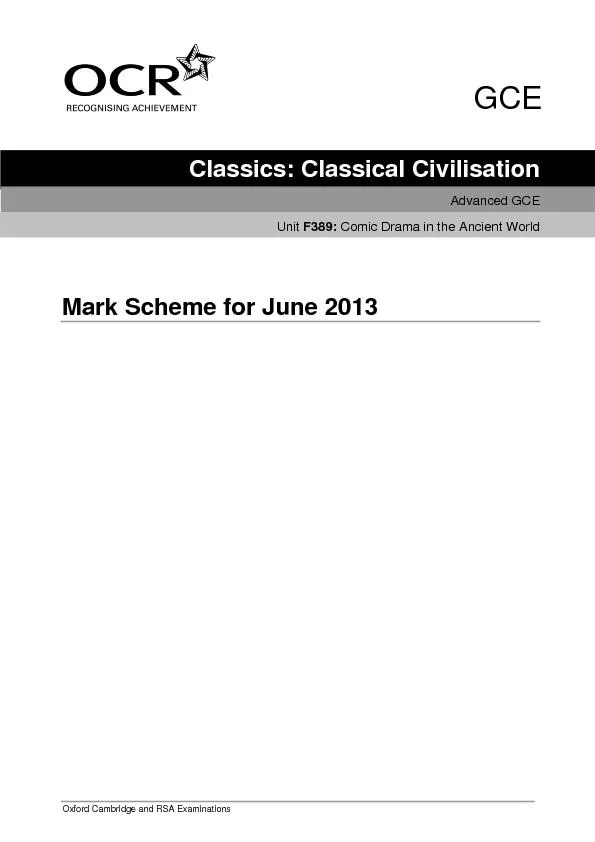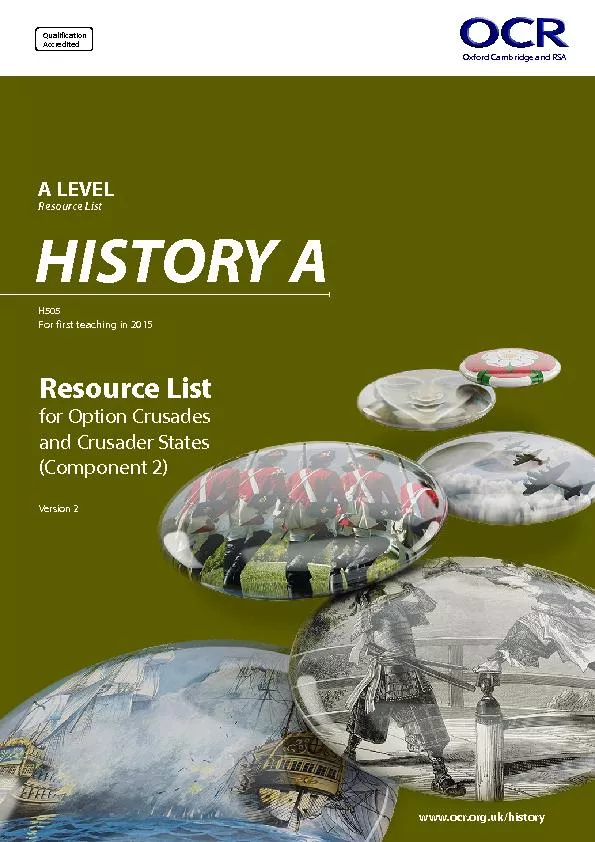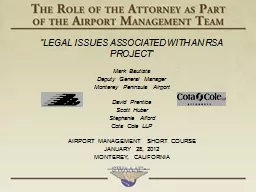PDF-Oxford Cambridge and RSA Ex
Author : yoshiko-marsland | Published Date : 2016-08-22
aminations GCE Classics Classical Civilisation Advanced GCE Unit F390 Virgil and the world of the hero Mark Scheme for June 2013 OCR Oxford Cambridge and RSA is
Presentation Embed Code
Download Presentation
Download Presentation The PPT/PDF document "Oxford Cambridge and RSA Ex" is the property of its rightful owner. Permission is granted to download and print the materials on this website for personal, non-commercial use only, and to display it on your personal computer provided you do not modify the materials and that you retain all copyright notices contained in the materials. By downloading content from our website, you accept the terms of this agreement.
Oxford Cambridge and RSA Ex: Transcript
Download Rules Of Document
"Oxford Cambridge and RSA Ex"The content belongs to its owner. You may download and print it for personal use, without modification, and keep all copyright notices. By downloading, you agree to these terms.
Related Documents

